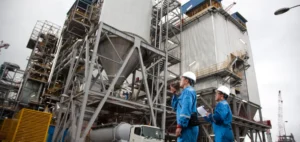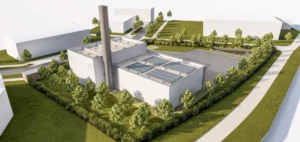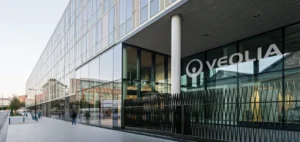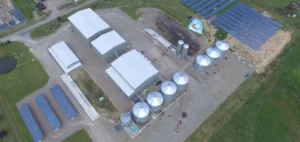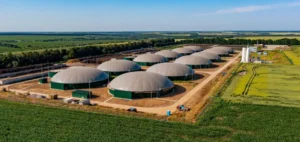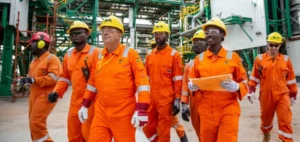Shell has explored several scenarios for the future of renewable fuels. Indeed, the maritime sector will need to dramatically increase the use of bio- and hydrogen-based marine fuels by 2040 to help the world achieve carbon neutrality by mid-century, according to Shell. In its energy security report published on March 21, the company explored how the energy mix will evolve in two scenarios: Archipelagos, where carbon neutrality will be “in sight” but not achieved by 2100, and Sky 2050, where zero carbon will be achieved by mid-century, a condition deemed necessary by scientists to avoid climate disasters.
Renewable fuel to power ships with hydrogen and ammonia, says Shell
Shell said the 2030s will see the arrival of hydrogen or ammonia-fueled container ships at Sky 2050, while this development will occur a decade later under Archipelagos, although oil-based fuels currently dominate the global shipping fuel mix.
According to Shell, in the Sky 2050 scenario, the maritime sector will have a 10% share of biofuels in the fuel mix and 10,000 ships powered by hydrogen fuel cells, ammonia or other types of hydrogen fuels by 2040. Freight ships will consume 11.56 Ej of energy in 2040, including 1.49 Ej of hydrogen, 0.57 Ej of hydrocarbon gases, and 9.42 Ej of hydrocarbon-based liquid fuels, according to Shell. In the Sky 2050 scenario, the share of hydrogen in the marine energy mix will increase from 12.9% in 2040 to 44.4% in 2050, before rising to 98.5% in 2100.
In Archipelagos, where the pace of decarbonization is slower due to energy security concerns, Shell said cargo vessels will consume 12.61 Ej (exajoules) of energy in Archipelagos, where the pace of decarbonization is slower due to energy security concerns. This consumption will include 0.05 Ej of hydrogen, 0.43 Ej of gaseous hydrocarbon fuels and 12.13 Ej of liquid hydrocarbon fuels. According to Shell, hydrogen’s share of the ship energy mix will increase to 5% in 2050, up from 0.4% in 2040, before a further increase to 50.3% in this scenario.
The importance of hydrogen in decarbonizing hard-to-elect sectors
Shell stressed that hydrogen can play a crucial role in achieving zero-carbon goals. It is particularly suitable for sectors that are difficult to electrify, such as heavy freight transport, heavy industry, shipping and aviation, due to its high energy density.
In Shell’s scenarios, the LNG industry is growing
According to S&P Global Commodity Insights forecasts, ammonia and hydrogen could account for 20.7 percent of global bunker fuel consumption by 2050. Shell has already begun supplying biofuels and LNG to the shipping industry to promote decarbonization, while exploring the possibility of using renewable natural gas as a marine fuel. LNG can reduce emissions by 20-30% compared to petroleum-based fuels, while biofuels can be carbon neutral. When produced by renewables, hydrogen and ammonia become emission-free fuels.
Shell is also investigating the possibility of using renewable natural gas as a marine fuel. Hydrogen and ammonia would be emission-free fuels when produced from renewable energy. Shell’s Energy Transition Report states that the company has completed more than 250 ship-to-ship LNG bunkering operations in 2022, without disclosing the volume of sales. TotalEnergies has also invested in bunkering infrastructure and aims to supply 10% of the global LNG bunker market by 2030.
Sales of LNG as a marine fuel were affected by high prices in 2022. However, industry players believe that demand could recover as LNG prices decline from their peak.





